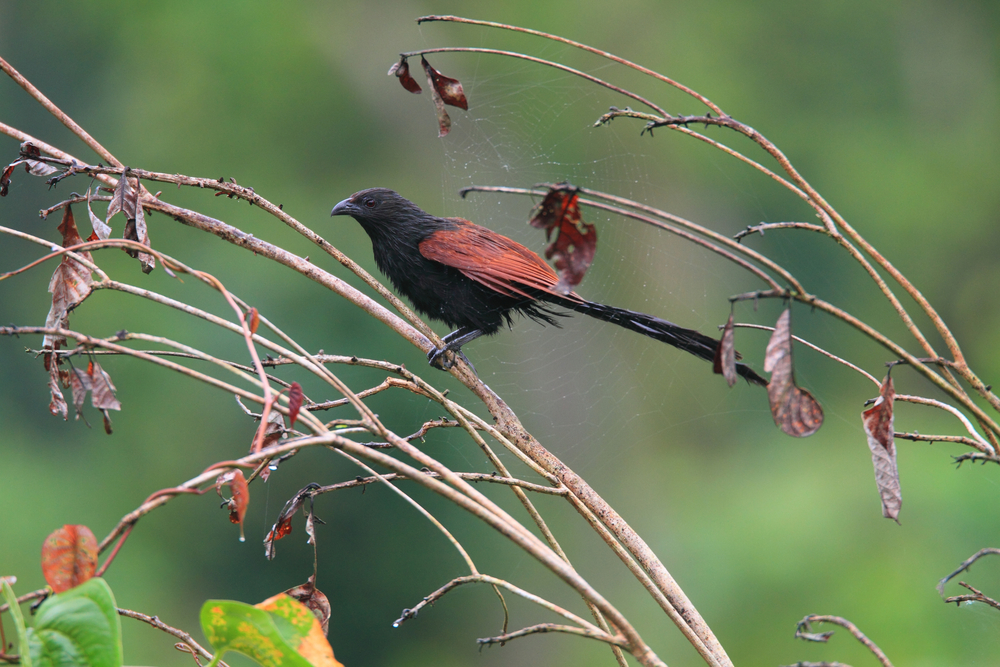Rungkunan Overview
Rungkunan National Park, known in Filipino as Pambansang Liwasan ng Rungkunan, is a mountainous and forested protected area located in the province of Lanao del Sur on the island of Mindanao in the Philippines.
Covering approximately 1.5 square miles (3.9 square kilometers), the park is situated near the town of Wao, in the southwestern portion of the province, and was established as a national park in 1965. Nestled within the foothills of the Kitanglad and Kalatungan mountain ranges, Rungkunan serves as a quiet and ecologically valuable retreat featuring waterfalls, dense forests, and cool upland air.
The terrain of Rungkunan National Park is composed of steep hills, mossy ridges, and forest-covered slopes that are interlaced with freshwater streams and narrow ravines. The landscape is carpeted with thick vegetation, including dipterocarp trees, ferns, orchids, and bamboo, contributing to a layered forest structure that supports a variety of life.
The park is home to Rungkunan Falls, a scenic waterfall that cascades into a clear, cool basin surrounded by large boulders and thick canopy. Mist often hangs in the air, especially in the early mornings, creating a peaceful and refreshing ambiance that draws visitors seeking tranquility.
Wildlife in the park reflects the biodiversity of Mindanao’s montane and lowland forests. Bird species such as Philippine hornbills, coucals, sunbirds, and swiftlets are frequently seen among the trees and along riverbanks. The forest also provides shelter for reptiles like monitor lizards and skinks, as well as amphibians and numerous butterfly species.
Small mammals such as squirrels and civet cats may be seen in the more remote parts of the forest, though sightings are infrequent due to the park’s relatively small size and human proximity. The cool streams support freshwater species and help sustain the nearby communities who rely on them for clean water.
The park’s most popular natural attraction is Rungkunan Falls, known for its multi-level drop and its setting amid thick forest and rock formations. The falls are accessible via a short trek through wooded trails that pass by smaller streams and natural pools.
The area around the waterfall is ideal for swimming, picnicking, and resting in nature, with shaded spots and the soothing sound of flowing water enhancing the experience. The trail itself provides opportunities to observe native flora and enjoy the cooler mountain air, making it a favorite among local nature lovers.
Visitors typically engage with Rungkunan National Park through day hikes, nature photography, birdwatching, and relaxation near the falls. It is a favored destination for families and small groups from nearby towns, especially during weekends and holidays. The park remains largely undeveloped, giving it a raw and untouched feel that appeals to those seeking a quiet alternative to more commercialized natural areas.
Conservation efforts in the park aim to preserve its forest cover, protect its freshwater systems, and prevent unsustainable land use. Threats include agricultural encroachment, occasional illegal logging, and littering.
However, increasing awareness of the park’s ecological and recreational value has prompted local government units and environmental groups to organize clean-up drives and tree planting activities.
Community involvement and sustainable tourism practices are being encouraged to maintain the park’s integrity while allowing it to serve as a green refuge and natural heritage site for Lanao del Sur.
Park Map
Rungkunan National Park Highlights
Share your clicks with us
Related National Parks More Philippines

Tubbataha Reefs National Park

Puerto-Princesa Subterranean River National Park
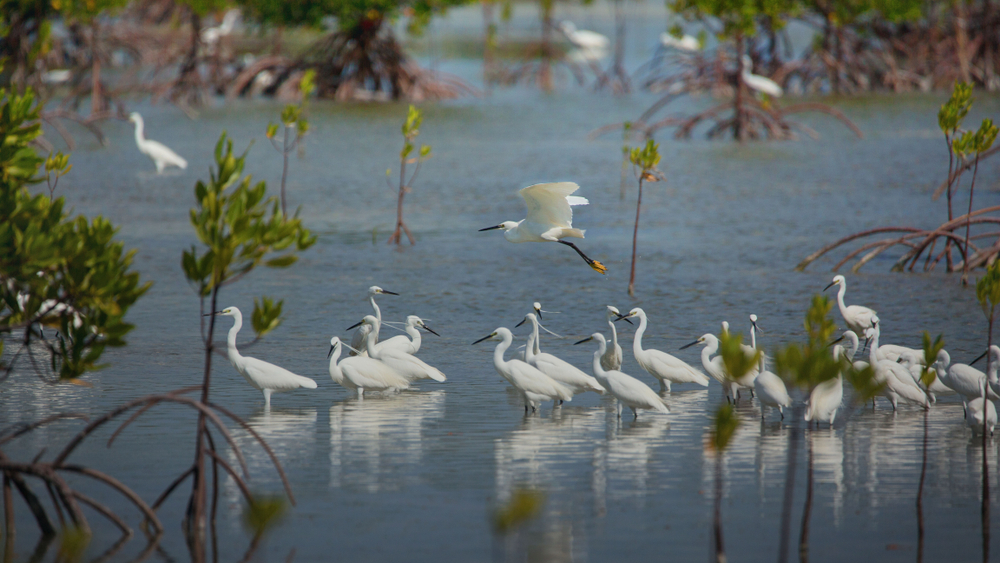
Pantuwaraya Lake National Park

Pagsanjan Gorge National Park
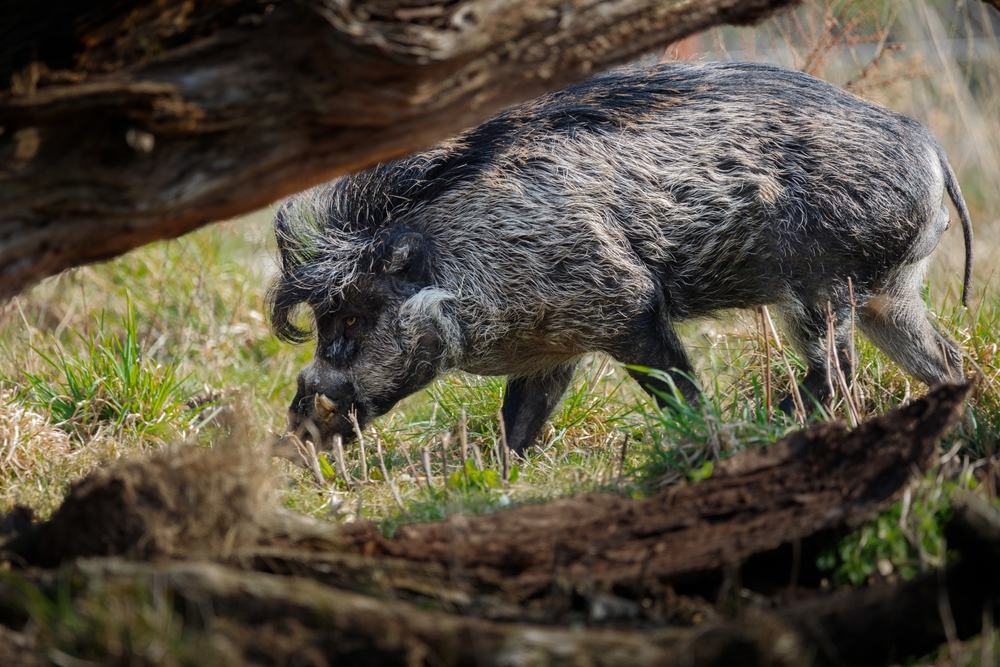
Mounts Iglit–Baco National Park
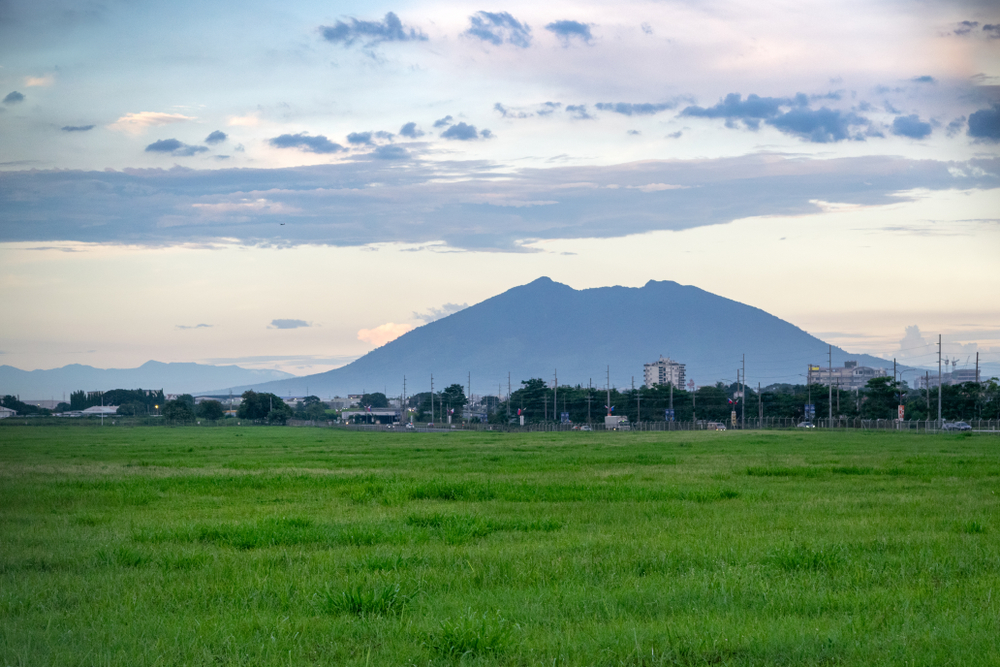
Mount Arayat National Park
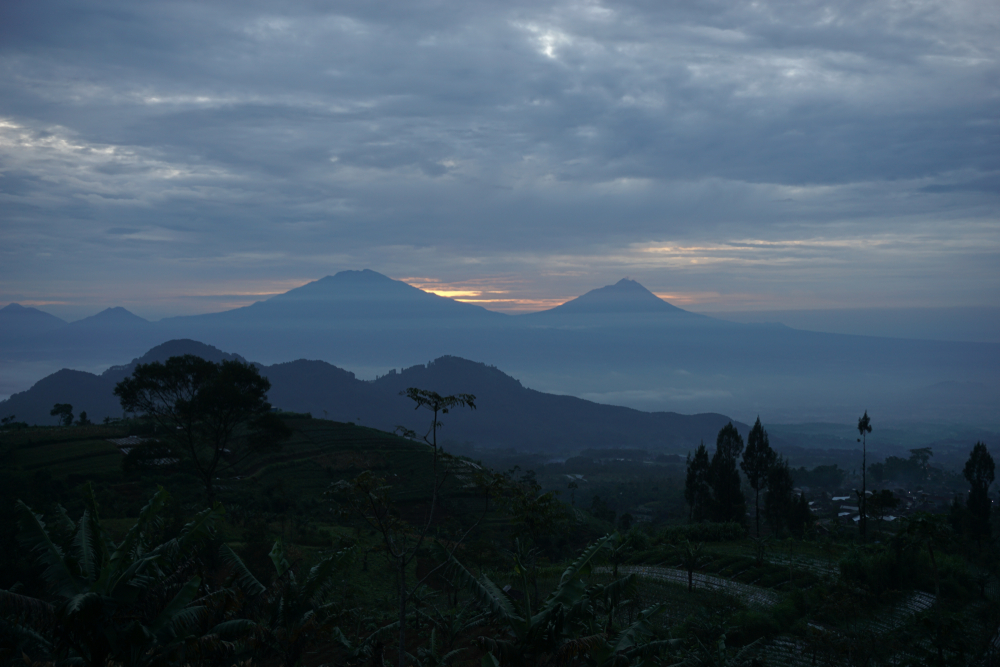
Mount Apo National Park
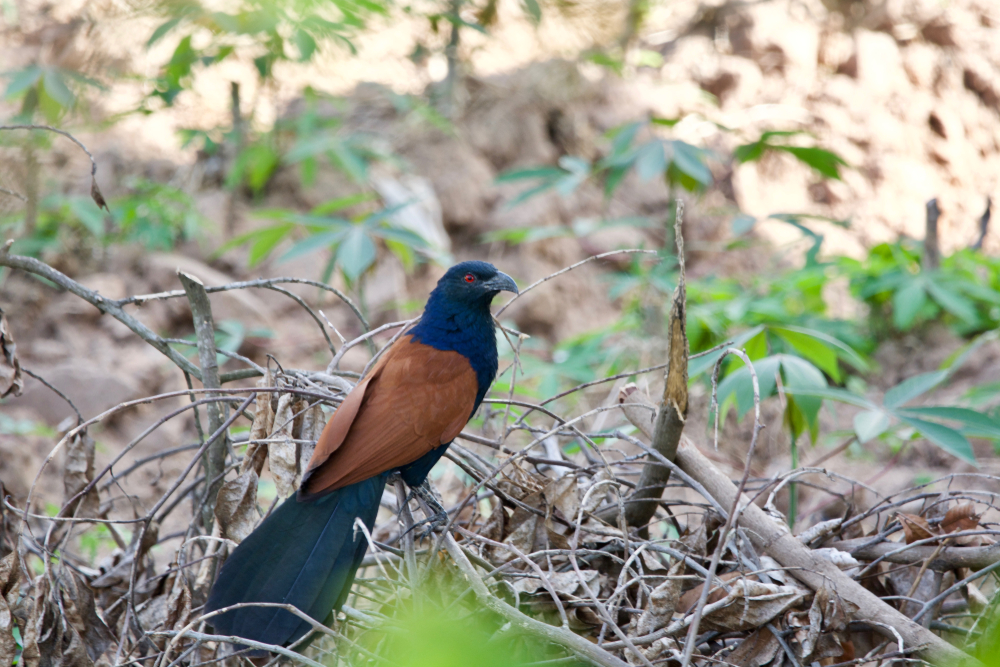
Northern Luzon Heroes Hill National Park
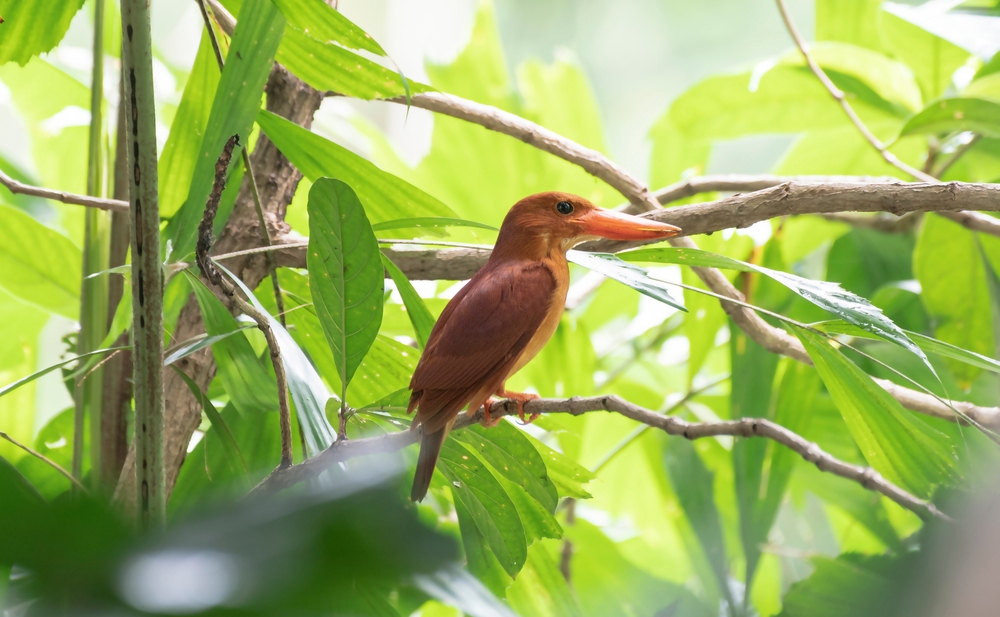
Lake Butig National Park
